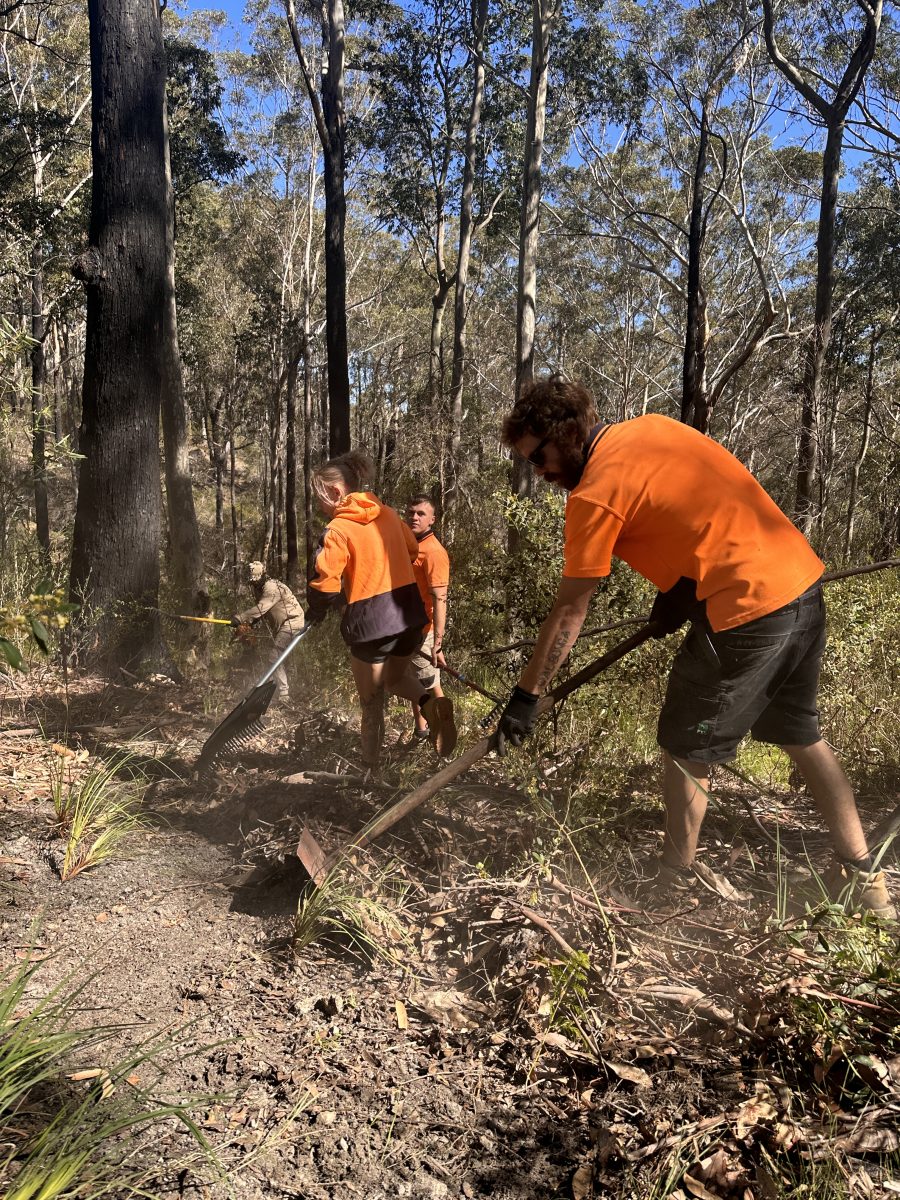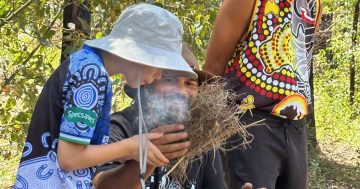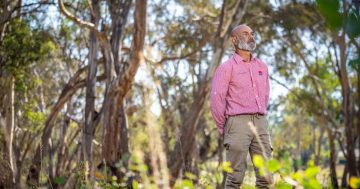
A South Coast reserve has been prepared for burning, which is set to start on Friday (23 August). Photo: Eurobodalla Shire Council.
Cultural burning will take place on the South Coast to help authorities as they battle an invasive weed and look to reduce the area’s fuel load.
Cultural burning, also known as cool burning, is a technique that uses prescribed burns to manage a landscape and its bushfire risk.
If weather allows, a burn at Wimbie Beach reserve is scheduled to begin on Friday (23 August) and will be jointly managed by Batemans Bay LALC and Eurobodalla Shire Council (ESC).
Council’s invasive species and biosecurity supervisor Paul Martin said the burn would clear the area and allow access to boneseed, an invasive weed, much easier.
Working in line with the NSW Biosecurity Act, ESC’s invasive species team has been controlling boneseed by hand since 2011.
“We inspect every property in the Wimbie Beach area and hand pull all boneseed we find,” Mr Martin said.
“It’s a highly invasive plant that will completely take over the bush if allowed. It could potentially destroy habitat and food sources for native birds, animals and invertebrates.”
However, Mr Martin said the fire would encourage boneseed germination, which would make it easier for his team to pull the weed out, post-burn.
Andrew White from Batemans Bay Local Aboriginal Lands Council said Walbunja rangers had carried out test burns and prepared the area to manage the on-ground component.
“This Walbunja land is very significant to the mob,” he said.
The burn area will be about 15 hectares and slopes steeply from east to west.
“Fire travels slowly downhill; this is an ideal location to conduct this activity,” Mr Martin said.
“Walbunja rangers have been hard at it, establishing containment lines and clearing around bases of rough-bark trees to prevent fire from climbing the trunks.”
Mr Martin said a burned area became cool to touch after a fire had trickled through.
“Animals and birds are able to move to unburnt areas as the fire moves along and repopulate the burned area once the fire has moved through,” he said.

The prescribed burn will happen at Wimbie Beach, in Eurobodalla Shire. Image: GoogleMaps.
Mr Martin reassured residents who might feel nervous at the sight of smoke.
“The fire will not be a wall of flame, rather it trickles along the ground and is personally tended to by the rangers,” he said.
“RFS have been notified, and we do not expect to use water, but it’s there if required.”
Mr Martin said fire could only be used to manage council’s bushland reserves at specific times of year and on certain soil types.
“Our reserves are highly diverse with different vegetation; we must be careful and take everything in balance,” he said.
“If burns take place at the wrong time of year or in the wrong conditions, it can result in an increase in fire-favouring plant species, which can potentially make areas more susceptible to bushfires in the future.”
Mr Martin said the weather forecast was looking ideal for burning with light winds, cool nights and mild days ahead.
“There will be some white smoke, but it shouldn’t be significant,” he said.
Friday’s planned burn marks the first time ESC will undertake the cultural burning at Wimbie Beach, with council and the Walbunja rangers previously carrying out cultural burns at Dalmeny-Kianga headland.
“We have been provided with the opportunity to listen to and learn from the Walbunja people using cultural practices that have been established for over 60,000 years,” Mr Martin said.
“It is ultimately going to help reduce the soil seedbank of a control-order weed, enhance the vegetative condition of the reserve, reduce fuel loads and reintroduce Aboriginal cultural burning practices to a hugely significant area for the Walbunja people – it’s a win-win for everybody.”
The Newth Place carpark and access to the reserve will be closed during the burn, which is expected to take up to two days. Nearby residents have been notified about the cultural burn through a letter from ESC.
Council has also established taped lines, known as transect lines, throughout the reserve to monitor vegetation changes over time.
Further information on council’s weed control programs can be found on its website.









